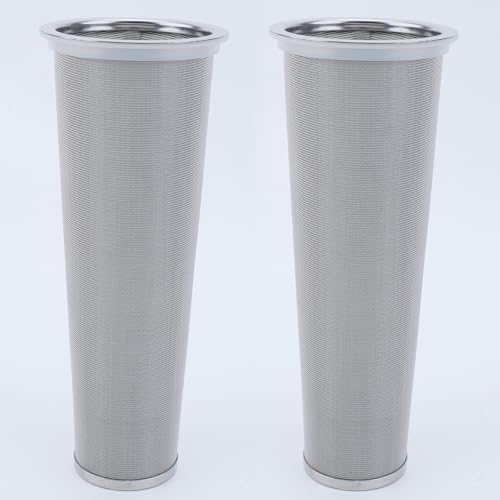Burgs
Well-Known Member
If I want to carbonate and serve my kegged beer at 43 degrees, 12 psi (2.34 volumes), it is normal for each batch to take a few weeks to reach that carbonation level and hit equilibrium, correct?
I know that I could crash the temps down lower and up the pressure and shake the keg, but I want to lock my settings down and truly set it and forget it for consistency's sake. I just want to be realistic in my expectation of how long each beer will need to be on the gas before it's right carbonation-wise.
Any disadvantages to doing this besides the time it takes? Any advantages? I feel like there's way less chance of over-shooting the psi on my regulator and overcarbonating this way, but maybe I'm crazy. I would like for my force carbonation process to be less forceful, more gradual, a little bit closer to what bottle carbonation would be like, even if I have to be patient.
Thoughts on this process?
I know that I could crash the temps down lower and up the pressure and shake the keg, but I want to lock my settings down and truly set it and forget it for consistency's sake. I just want to be realistic in my expectation of how long each beer will need to be on the gas before it's right carbonation-wise.
Any disadvantages to doing this besides the time it takes? Any advantages? I feel like there's way less chance of over-shooting the psi on my regulator and overcarbonating this way, but maybe I'm crazy. I would like for my force carbonation process to be less forceful, more gradual, a little bit closer to what bottle carbonation would be like, even if I have to be patient.
Thoughts on this process?


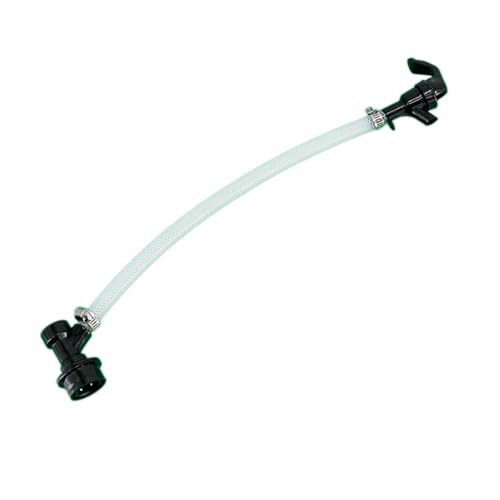









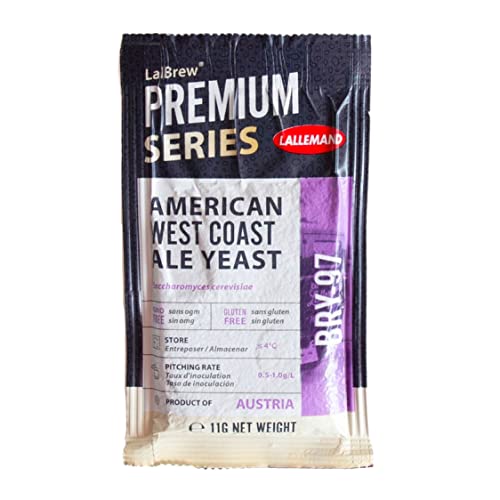




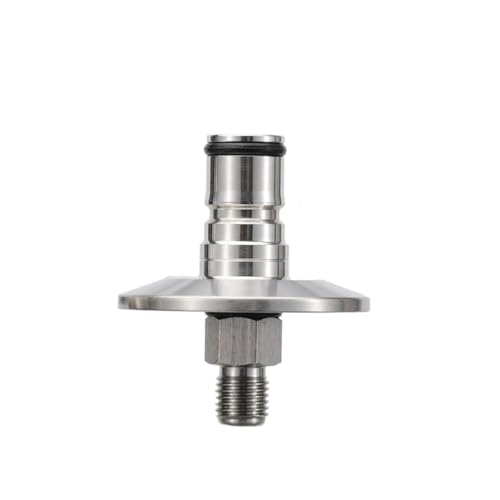









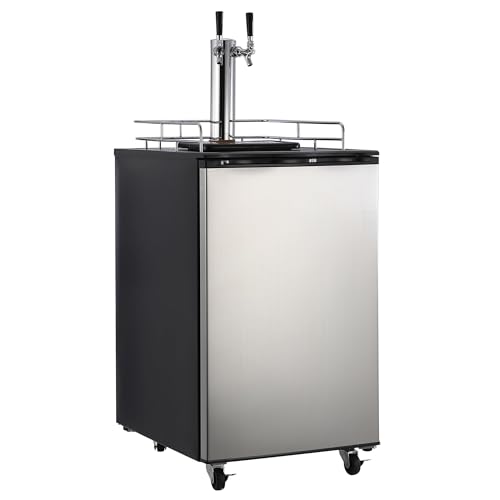










![Craft A Brew - Safale S-04 Dry Yeast - Fermentis - English Ale Dry Yeast - For English and American Ales and Hard Apple Ciders - Ingredients for Home Brewing - Beer Making Supplies - [1 Pack]](https://m.media-amazon.com/images/I/417FujUfrWL._SL500_.jpg)





